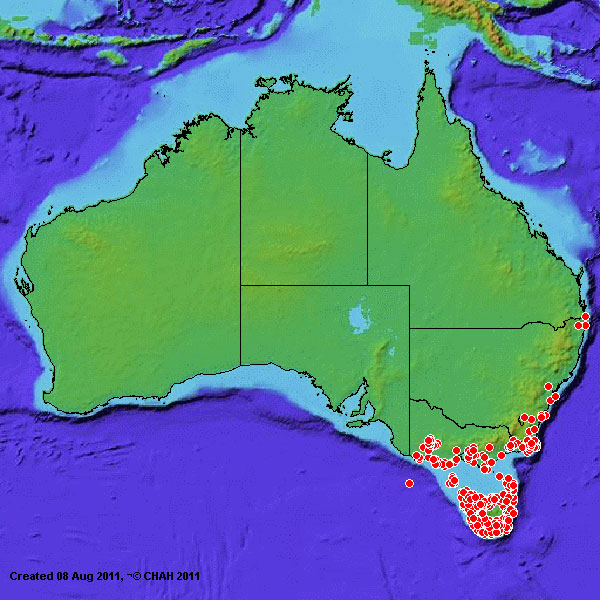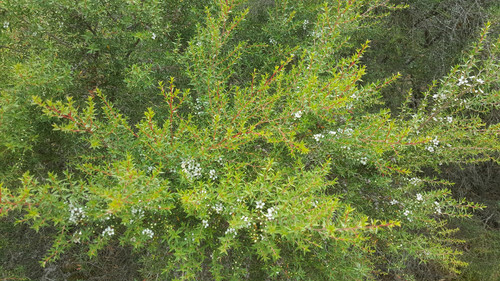Please visit https://www.leptospermum.com.au/ to answer the most commonly asked questions.
Leptospermum scoparium or 'manuka' is a shrub growing from 2 to 3 metres native to South Eastern Australia but well established in New Zealand from very early times. Captain Cook allegedly used it for brewing tea hence the common name. Leptospermum scoparium is essentially an Australian species native to the higher rainfall areas of Victoria and Tasmania.
It is a highly forgiving species able to withstand prolonged waterlogging, front-line coastal conditions and extended dry conditions. Another very desirable feature of this plant is that it is totally unpalatable to sheep which is why it was (up until recently) a serious agricultural pest plant in New Zealand. Kangaroos, wallabies, possums won't touch it either due to the prickly foliage and the astringent oil content.
This form of Leptospermum scoparium has been selected from front-line coastal (Victoria) and has been tested for its bio-activity level. This plant also performs exceptionally well far away from the coast
This species is recognised as being bio-active and the honey yielded from its nectar provides honey with highly sought after medicinal properties which have been the foundation of a multi-million dollar industry in New Zealand. Australians are only just beginning to recognise the potential. see http://www.abc.net.au/landline/content/2015/s4193258.htm and http://www.abc.net.au/landline/content/2016/s4401734.htm
Apart from all that, Leptospermum scoparium is an attractive free-flowering shrub well suited to a range of soils moderately alkaline to moderately acid.
Bio-active Leptospermum species are ideal for growing in plantation development. In fact, the future of Australian bio-active honey production lies to a very large extent on the development and management of such plantations whether they be farm-based or larger industrial-scale projects.
We can advise on the development of such projects and can supply large scale tested and verified planting stock over a range of Leptospermum species in Queensland, NSW, Victoria and South Australia.
ERA is engaged in various Leptopspermum collaborative research projects to quantify the various desirable traits of a number of different species and also to collect material from superior individuals within superior communities for the development of seed orchards. Seedlings from these projects (at their various stages) will become available from early 2017 and continual improvement is anticipated thereafter.
Click on Map to Enlarge Image
Notes on Maps.
Generally, the concentrated clusters of markers represent the geographical range where this species occurs naturally. Outlying markers and geographically disassociated markers represent observations of the species in cultivation and/or recorded in herbaria etc.
Acknowledgment.
These maps are provided by, and are used with the permission of, Australia’s Virtual Herbarium (AVH)







